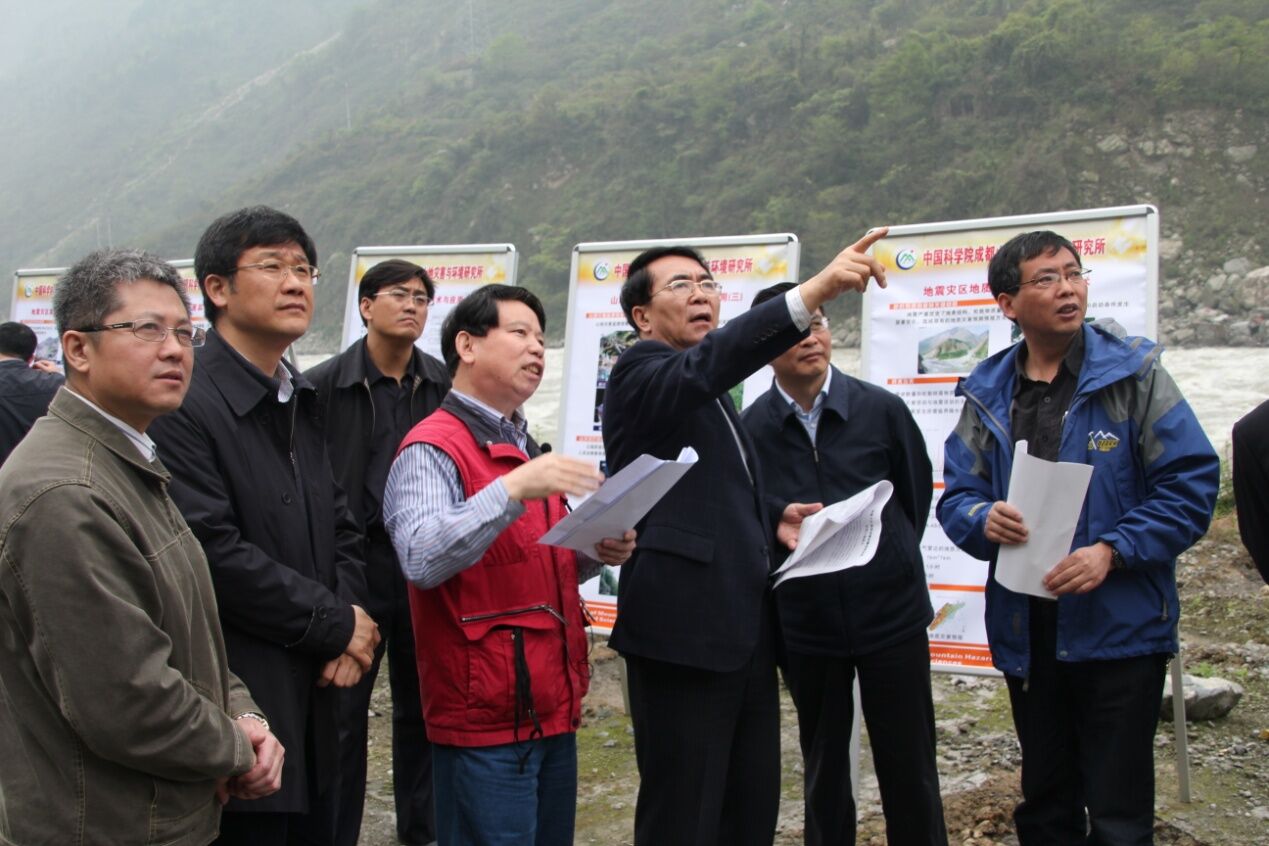| Multimedia |

|
| Location: Home > Research > Research Progress |
| IMHE reveals the soil reinforcement by the roots of four prevailing grass species in the riparian zone of Three Gorges Reservoir | TEXT SIZE: A A A |
|
The flow regulation and altered hydrology regime, coupled with extreme storm events and wave actions, have resulted in bank retreat, disappearance of native plants, and intensive soil erosion in the water level fluctuation zone of Three Gorges Reservoir (TGR). The development and succession of vegetation is a main countermeasure, especially to enhance bank stability and mitigate soil erosion by the root system. To restore the riparian ecosystem and to control bank erosion, a number of species which are high survivability to long-term flooding have been planted to the reservoir disturbance zone, and many vegetation recovery areas have been selected along Zhong, Wanzhou, and Zigui counties in recent years. Nevertheless, knowledge related to the mechanical functions of these riparian species in the riparian zone of TGR is lacking. Against this scientific issue, Associate Prof. BAO Yuhai and Dr. ZHONG Ronghua of the Institute of Mountain Hazards and Environment, Chinese Academy of Sciences (IMHE, CAS) conducted a study in plant root architectures and functions of four typical grass species from the riparian zone of TGR, to evaluate the soil reinforcement by the roots. Roots were sampled using a single root auger. Root length density (RLD) and root area ratio (RAR) were measured using the WinRHIZO image analysis system. Root tensile strength was performed using a manual dynamometer. Finally, the root cohesion values were assessed using a simple perpendicular model. This study showed that the total RLD values of the studied plants ranged from 0.24 cm/cm3 to 20.89 cm/cm3, and these values were significantly higher for the topsoil (0–5 cm) compared with the subsoil (>5 cm). RAR estimates showed that, on average, plant roots occupied 0.21% of the area under the crown of the selected species. The recorded root tensile strength was greatest for P. paspaloides (62.26 MPa) followed by C. dactylon (51.49 MPa), H. compressa (50.66 MPa), and H. altissima (48.81 MPa). Nevertheless, the maximum root cohesion in this study was estimated for H. altissima (22.5 kPa) followed by H. compressa (21.1 kPa), P. paspaloides (19.5 kPa), and C. dactylon (15.4 kPa) at 0–5 cm depth soil layer. The root cohesion values for all species were highest in the topsoil (0–10 cm) and decreased with increasing soil depth. The present results develop the understanding on root reinforcement of several grass species in the riparian zone of the TGR. The root tension tests revealed a power relationship between root diameter and tensile strength. Moreover, the higher root cohesion associated with H. altissima and H. compressa implies that they are better selections for revegetation purposes to reinforce the topsoil area through the additional root cohesion. This research was supported by both the National Natural Science Foundation of China (Grant No.41201272) and the Chinese Academy of Science (Grant No.KZCX2-XB3-09). The research achievements have been published in Journal of Mountain Science (2016) 13 (3): 508-521.
Full text URL: http://link.springer.com/article/10.1007/s11629-014-3397-2
|